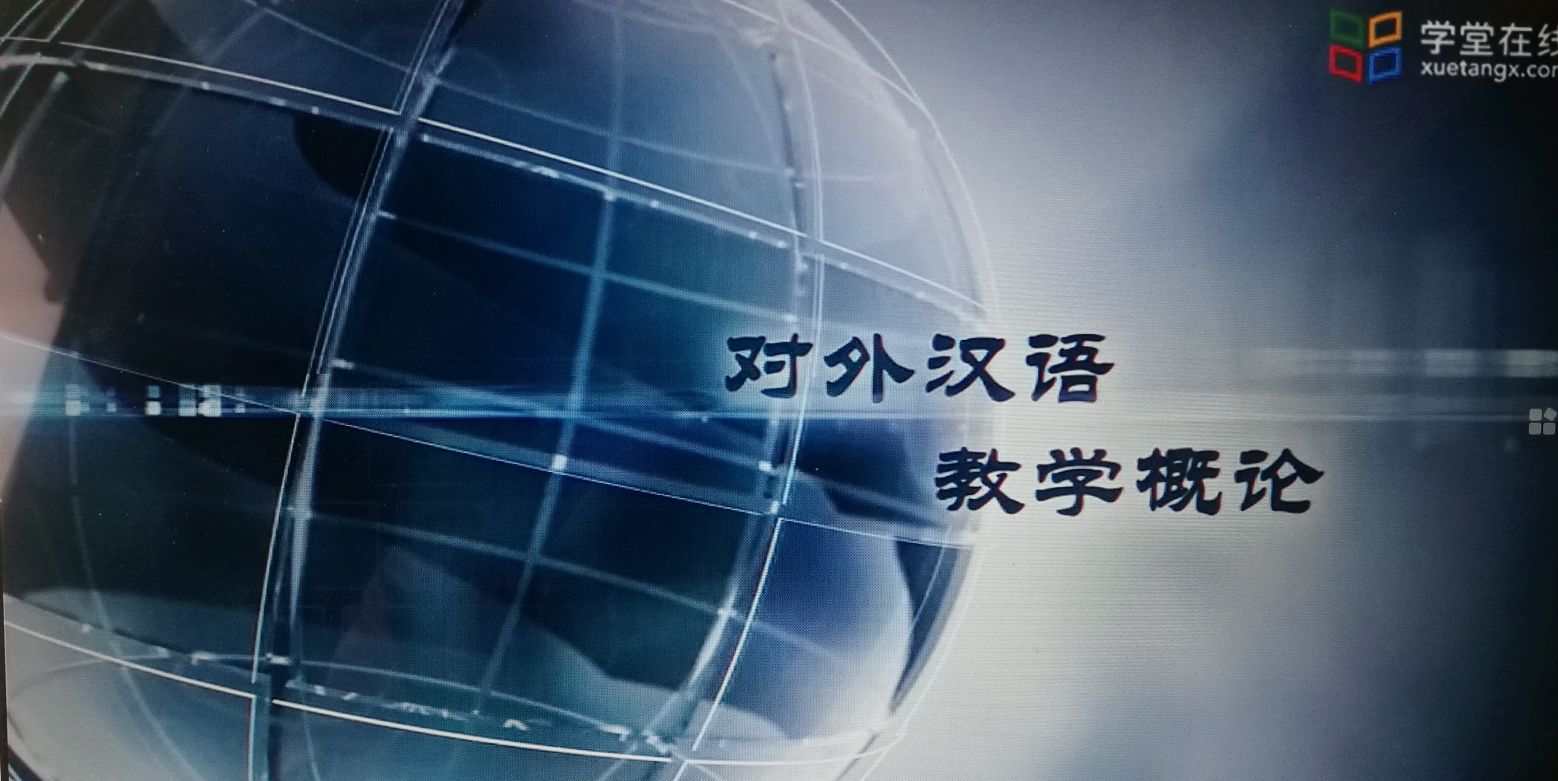
当前课程知识点:3ds Max: A Quick Start from Zero to One > Chapter 3: The Secrets of Making the Potoreal Image > 3.1 Rendering > 3.1 02
返回《3ds Max: A Quick Start from Zero to One》慕课在线视频课程列表
返回《3ds Max: A Quick Start from Zero to One》慕课在线视频列表
大家好
我们又见面了
还记得第一章
我们提到的三维制作流程吗
或许你已经欣喜的准备好
根据前面
我们所提供的流程
学习课程中指定的内容了
但对于初学的你来说
如果不知道渲染器
和灯光方面的知识
是很难调节出
很好的材质效果的
所以呢我们决定将
渲染器和灯光打个包
提前在第三章节中为你讲解
这样当你学习起材质贴图时
就不会因为光线的反弹
渲染器的噪点
灯光的白平衡调节
等问题而犯愁了
同时
为了让你能更快上手
本章的讲解中
我们专门为你介绍一款
超级易学
且功能强大的
电影级渲染器
Arnold(阿诺德)
让你在后续的课程中
用其所带的Arnold灯光和材质
就能快速且轻易的调节出
想要的效果
相信你掌握了本章知识后
也能轻松
为自己的场景添加灯光
渲染出一个真实的场景
在前面的课程中
相信大家
都用过渲染这个功能了
但渲染并不是大家看到那样
一个快捷键
就能解决的事哦
为了帮助你
构建渲染器的知识点
在学习前
我们先解决一些
可能会困扰你的小问题
答 渲染来自英文单词"Render"翻译
指运用某种着色计算
获得对象显示效果的
一种算法
是不是有点难理解呢
这么说吧
因为计算机不能
场景的最终效果
场景的最终效果
真正意义上实时显示出来
因此
在三维世界中就要使用
一种抽象的计算方式来解决
将这些数据编译成图像信息
这种方法就叫渲染
答 因为视口只具备了
最基本的显示
和编辑对象功能
如果想要模拟
真实环境下的
光照和材质效果
必须经过渲染才能获得
答 渲染器就是
用于渲染的相对独立模块
他的本质是运用独立算法
将场景中的数据
编译为图像信息
它最重要的作用就是
计算光在场景中的反弹
从而影响材质
同时
渲染器也提供了一些
常用的图片噪点处理
运动模糊
分层渲染等特殊功能
帮助你实现一些独特的
画面效果
当然
如果只是用3ds Max来建模
导入其他软件
进行二次编辑
内置渲染器的作用
就不是很大了
答 这个问题涉及
具体的项目内容
如果你只是学习基本的
软件操作
了解使用方法
基本的配置就可以了
但如果做的是三维项目
模型量很大
需要表现丰富的材质细节
并且
对渲染质量有很高的要求
电脑配置当然是越高越好啦
就像你“吃鸡”一样
想特效全开
配置不高点那怎么能行呢
答 在3ds Max中进行渲染
我们有很多种选择
有的渲染器
适用于基础学习的
入门级玩家
有的则是针对
特殊用途的玩家
还有的针对
专业级玩家
如果这样还不能满足
可以让第三方插件来帮忙
每种渲染器处理灯光
和材质的方式都有不同
如果你感兴趣
可以在网络上
搜索关键词去了解它们
没准以后还会用到
答 3ds Max 2018版本后
内置了Arnold渲染器
用以替代传统渲染器
Arnold(阿诺德)算是
渲染界的新贵
性能优异
易于上手
再加上友好的界面
能帮助你渲染出
高质量的场景
因此本课程
我们就从
Arnold渲染器开始学起
好了
我们的问答就到这里
后面的课程
我们将围绕
渲染器和灯光进行讲解
让你渲染输出
你的第一幅作品
你做好准备了吗
-Fast Understand of 3ds Max,Starting Your Virtual Journey
--Preface
-Preface
-1.1 How to get 3ds Max
--1.1 02
-1.1
-1.2 Introduction to the Interface of 3ds Max
--1.2 01
--3ds Max
-1.2
-1.3.1 Project Preparation 1: Set Up Project Folder
--1.3.1
-1.3.1
-1.3.2 Project Preparation 2:Initialization Settings
--1.3.2
-1.3.2
-1.4.1 Opening and Saving Files
--1.4.1
-1.4.1
-1.4.2 Basics Operation
--1.4.2
-1.4.2
-1.4.3 Advanced Operation
--1.4.3
-1.4.3
-1.5 General Hotkeys
--1.5
-1.5
-1.6 Creating Geometric Primitives
--1.6
-1.6
-2.1 3D Modeling Overview
--2.1
-2.1
-2.2 Three Useful Modeling Methods
--2.2
-2.2
-2.3 Boolean Modeling
--2.3
-2.3
-2.4.1 Spline Modeling 1:Spline Modeling Overview
--2.4.1
-2.4.1
-2.4.2 Spline Modeling 2: Modeling From a Spline
--2.4.2
-2.4.2
-2.4.3 Spline Modeling 3:How to Edit Spline Objects
--2.4.3
-2.4.3
-2.5.1 Polygon Modeling 1:Polygon Modeling Method
--2.5.1
-2.5.1
-2.5.2 Component Selection Techniques
--2.5.2
-2.5.2
-2.5.3 Polygon Modeling 3: 16 Polygon Modeling Commands
--2.5.3
-2.5.3
-2.5.4 Polygon Modeling 4: Subdivision Modeling
--2.5.4
-2.5.4
-2.5.5 Polygon Modeling 5: Attaching and Detaching
--2.5.5
-2.5.5
-2.6.1 Advanced Modeling Skills 1:“Stereoscopic” Modeling Method
--2.6.1 01
-2.6.1
-2.6.2 Advanced Modeling Skills 2:Box Modeling Method
--2.6.2
-2.6.2
-2.6.3 Advanced Modeling Skills 3:Deconstruction Modeling Method
--2.6.3
-2.6.3
-2.6.4 Advanced Modeling Skills 4:Problems to be Considered in Modeling
--2.6.4
-2.6.4
-3.1 Rendering
--3.1 02
-3.1
-3.2.1 Render Your First Work
--3.2.1 02
-3.2.1
-3.2.2 Arnold Render Set Up
--3.2.2 01
-3.2.2
-3.2.3 Introduction to the Arnold Renderer
--3.2.3
-3.2.3
-3.2.4 Arnold Renderer 1: Sampling
--3.2.4 02
-3.2.4
-3.2.5 Arnold Renderer 2: RayDepth and Filtering
--3.2.5 02
-3.2.5
-3.3.1 What is Light?
--3.3.1 02
-3.3.1
-3.3.2 Light and Color
--3.3.2 02
-3.3.2
-3.3.3 Light and Shadow
--3.3.3 02
-3.3.3
-3.3.4 Produces Soft Shadows and Fast Shadow
--3.3.4 02
-3.3.4
-3.3.5 Six Types of Lighting
--3.3.5 01
-3.3.5
-3.4.1 Arnold Light Types
--3.4.1 01
-3.4.1
-3.4.2 Arnold Light Parameters
--3.4.2 01
-3.4.2
-3.4.3 Color Temperatures and White Balance
--3.4.3 01
-3.4.3
-3.5.1 Three-point Lighting Method
--3.5.1
-3.5.1
-3.5.2 Indoor Light Lecture 1: Make a Simple Night
--3.5.2
-3.5.2
-3.6.1 Advanced Skill 1:Rendering Tips
--3.6.1
-3.6.1
-3.6.2 Advanced Skill 2:The Normals and the Smooth Group
--3.6.2
-3.6.2
-4.1 Learn About This Chapter in Four Minutes
--4.1
-4.1
-4.2.1 How to Open the Material Editor?
--4.2.1
-4.2.1
-4.2.2 Using Physical Materials
--4.2.2
-4.2.2
-4.2.3 Three Assistants of the Material
--4.2.3
-4.2.3
-4.2.4 Create a Simple Material
--4.2.4
-4.2.4
-4.3.1 Using maps to Creat Different Looking
--4.3.1
-4.3.1
-4.3.2 Bitmap Node:A Small Node With Virtues
--4.3.2
-4.3.2
-4.4.1 UVW Mapping Method 1:Methods of Locking the Map
--4.4.1
-4.4.1
-4.4.2 UVW Mapping Method 2: UV Overlays
--4.4.2
-4.4.2
-4.4.3 Unwrap UVW 1: Basic of Unwrap UVW Modifier
--4.4.3
-4.4.3
-4.4.4 Unwrap UVW 2: Projection
--4.4.4
-4.4.4
-4.4.5 Unwrap UVW Part 3: Powerful UV Editor
--4.4.5
-4.4.5
-5.1 Animation Overvie
--5.1
-5.1
-5.2.1 3ds Max Animation
--5.2.1
-5.2.1
-5.2.2 Making Animation More Interesting Principle 1: Time and Space
--5.2.2
-5.2.2
-5.2.3 Making Animation More Interesting Principle 2: Slow Motion (slow-mo)
--5.2.3
-5.2.3
-5.2.4 Making Animation More Interesting Principle 3: Squash and Stretch
--5.2.4
-5.2.4
-5.3.1 Animation Technique 1: Parent-Child Relationship
--5.3.1
-5.3.1
-5.3.2 Animation Technique 2:Loop Animation
--5.3.2
-5.3.2
-5.4.1 Techniques of Using the Camera
--5.4.1
-5.4.1
-5.4.2 The Safeframe Cannot Be Ignored in the Camera
--5.4.2
-5.4.2
-5.4.3 Camera Movement
--5.4.3
-5.4.3
-5.4.4 Following Shot
--5.4.4
-5.4.4
-6.1 Rendering a VR Panorama With Arnold
--6.1
-6.1
-6.2 Fast Implementation of VR Interaction
--6.2
-6.2
-6.3 Fast Implementation of AR Interaction
--6.3
-6.3
-6.4 Friends of 3ds Max
--6.4
-6.4
-6.5 Self Learning and Improvement Methods
--6.5
-6.5
-6.6 Methods of Obtaining Resources
--6.6
-6.6
-7.1 PBR Technology Introduction
--7.1
-7.2 Toolbag PBR Real-time Rendering
--7.2
-7.3 Substance Painter PBR Painting
--7.3
-Shortfilm Casestudy 1:The Weapon Used in PUBG (PlayerUnknown's Battlegrounds)
--Microfilm Course 1:The Weapon Used in Eating Chicken
-Shortfilm Casestudy 2:Production experience of Classic of Mountains and Seas
--Microfilm Course 2:Production Process of Shanhaijing
-Examination
